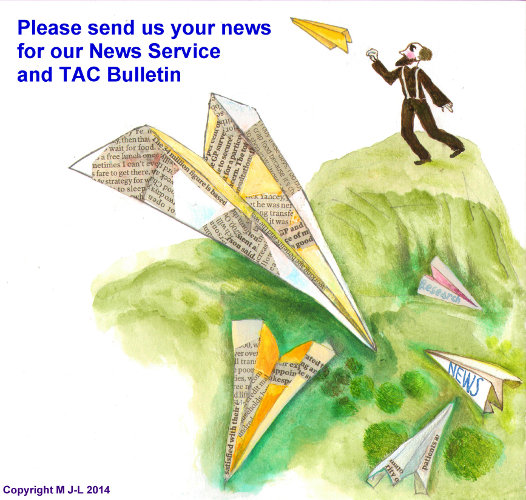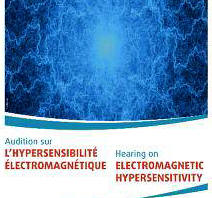The Natural History Study for Rett syndrome – 5 more years
The Natural History Study for Rett syndrome is funded for 5 additional years. Rettsyndrome.org will take a central role in this endeavor as a member of the Coalition of Patient Advocacy Groups (CPAGs) within the Rare Disease Clinical Research Network, and as administrative partner of this 5-year cooperative agreement.
The University of Alabama at Birmingham received a cooperative agreement U54 award from the National Institute of Child Health and Human Development to conduct this work within the ORDR/NCATS led Rare Diseases Clinical Research Network (RDCRN).
This award will investigate longitudinal natural history and neurobehavorial assessments, biomarkers, outcome measures, and neurophysiological and neuroimaging correlates of disease severity in Rett syndrome, MECP2 Duplication disorder, CDKL5 disorder, and FOXG1 syndrome.
The traveling sites have been replaced by permanent sites; doctors at these 11 sites will do their own data collection, during a regular clinic appointment.
Visit: http://www.rettsyndrome.org/research-programs/clinical-trials-and-databases/rett-syndrome-natural-history-study
Contact: This email address is being protected from spambots. You need JavaScript enabled to view it.


 Electromagnetic hypersensitivity (EHS) is causing distress and loss of quality of life to a growing number of Europeans and according to new estimates, between 3 % and 5% of the population are electro-sensitive.
Electromagnetic hypersensitivity (EHS) is causing distress and loss of quality of life to a growing number of Europeans and according to new estimates, between 3 % and 5% of the population are electro-sensitive.